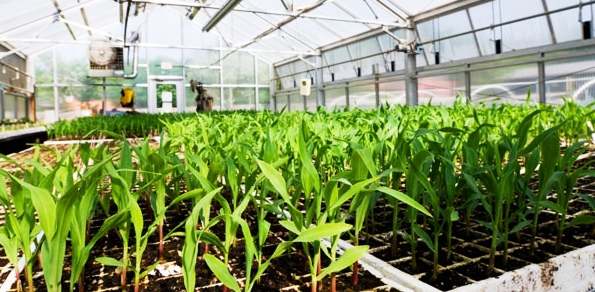Are you in need of a greenhouse but you are unable to decide if it should be a lean-to or a free standing structure?
Have you considered a combination of a shed merged with a greenhouse?
Just picture bringing these two concepts together which would give you a greenhouse needed for your plants and the storage area necessary for your garden tools. Not so complicated now…
Knowing what wall you have available for the lean-to will help you to come to a decision. If the available wall or the surroundings around the wall do not make it suitable for a lean-to greenhouse then it will need to be a free standing greenhouse.
You have selected your site have met zoning requirements and also pulled necessary building permits and your greenhouse plans have been approved. Now, you can get started on the fun part of utilizing your woodworking skills.
You will want a slanted roof because of the glass windows that you will be using for the roof of the greenhouse or sun shed and the other half of the roof made with wood and covered with your choice of roofing material identical to the main house.
People like to have the wood section of the shed to be the same as the main house so that the sun shed appears to be an extension of the house and the architectural design matches.
Pressure treated lumber is a necessity because of the moisture which will be created in the greenhouse. However, that part of the structure that will not be affected can be made with the same wood as your house in order to have uniformity.
The planting tables inside the structure will be placed under the glass portion to receive the sun and their watering. The glass will catch the rays of the sun and the water will increase moisture and humidity requiring roof outlets or vents to relieve heat and water vapor.
The foundation is important in that you do not want the floor to get wet under the plants causing wood rot. This is the reason for plant tables and gravel as part of the foundation. Place plywood or treated decking in the shed portion which will be needed to support a working counter, work bench, shelves, garden tools and storage containers.
After you have completed all that you wanted in the greenhouse or sun shed, look at the immediate surroundings.
Imagine what it would be like to install a small pond and outdoor furniture placed between the pond and the greenhouse to relax and enjoy the beauty of the flowers in the greenhouse as well as the pond with its relaxing waterfall and the other outdoor flowers surrounding a bit of paradise that you created.
For more fun in woodworking adventures and reviewing plans for greenhouse or sun shed visit the hobby page of Tricia Deed at http://www.Infotrish.vpweb.com/ and review Welcome Woodworking Enthusiasts and while there download your free shed plan.
Tricia Deed of http://www.Infotrish.vpweb.com/ brings you through internet marketing hobbies for your leisure and recreation and business hobbies to increase your household income. I invite you to my web pages to visit and review hobby companies of your choosing. Do take advantage of their free giveaway.
Article Source: http://EzineArticles.com/?expert=Tricia_Deed


